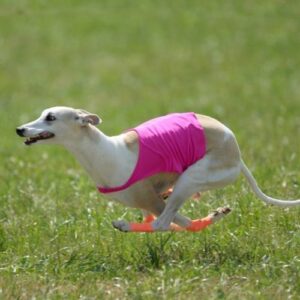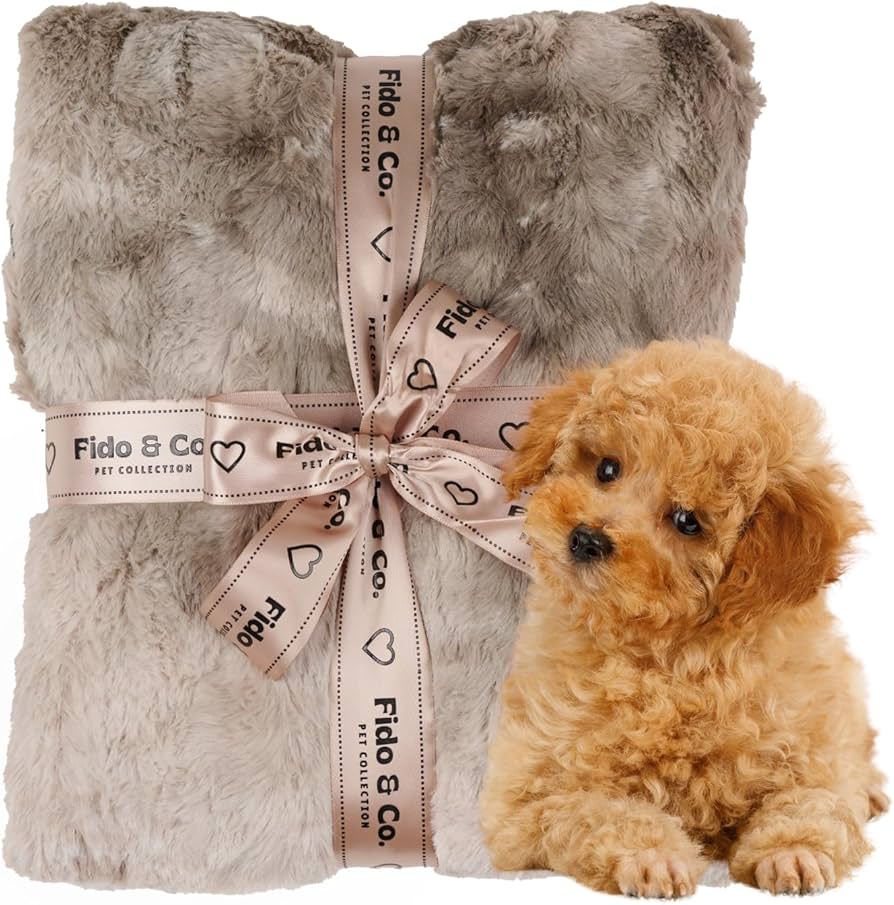Top 10 Dog Sports
Do you have a dog that need mental and physical stimulation? Dog sports can support active dogs’ mental and physical well-being. While all dogs require some level of exercise, the majority will benefit greatly from additional stimulation. Almost any healthy dog can participate in high-performance sports like agility and flyball, but very active dogs are the best candidates.
When it comes to dog sports and recreation, there are plenty of options. Of course, make sure your dog has a thorough veterinary examination prior to starting any dog sport. Once your vet gives clearance, consider these popular dog sports that can challenge your dog’s mind and body while reinforcing the canine-human bond.
Agility
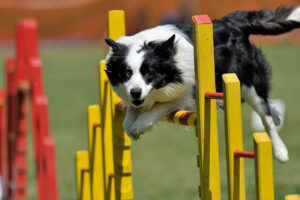
Canine agility is a competitive dog sport that takes place within an obstacle course. Dogs are trained to make jumps, travel through tunnels, and navigate various walkways–all in a specific order. Each step of the way, the dogs are directed by their handlers (often their owners). This sport requires effective communication between the dog and the handler. Agility is an excellent form of exercise and mental stimulation, making it ideal for high-energy dogs like Border Collies, Australian Shepherds, and Schipperkes. However, just about any healthy dog can participate in agility. The intensity and difficulty of the course can be altered to accommodate dogs with limitations or special needs. Teamwork between dog and human is the cornerstone of this sport.
Canine Freestyle
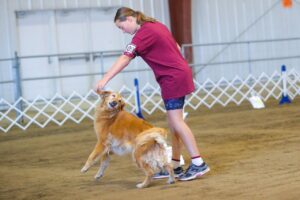
A dog and handler team performs a choreographed musical performance called Canine Freestyle. This hobby is basically dancing with a dog, as the name suggests. As the name suggests, practically anything is acceptable in canine freestyle. Basically, everything is OK as long as it doesn’t endanger the dog or its handler. During routines, the dog usually walks backwards, jumps, weaves through the handler’s legs, twists and turns, and moves in time with the handler.
Mastery of fundamental cues, particularly the heel command, and a strong bond between handler and dog are prerequisites for Canine Freestyle. Prior to creating a routine, the dog needs to learn each “move.” Canine freestyle will benefit greatly from a little ingenuity, a lot of patience, and an optimistic outlook.
Conformation
In the competitive canine sport of conformation, purebred dogs compete in dog shows and are evaluated based on how well they meet breed standards. Dog shows, also known as conformation trials, are intended to showcase purebred dogs that possess the ideal traits of their breeds as recognized by a purebred dog club like the United Kennel Club or the American Kennel Club.
The ultimate objective of conformation is to uphold the best standards of the dog breed in order to reduce inherited health problems and ensure that future lines continue to be of the greatest caliber. Show dogs are evaluated at confirmation trials by well-versed and seasoned purebred specialists who look at the dogs’ temperament, stride, and physical attributes.
Disc Dogs
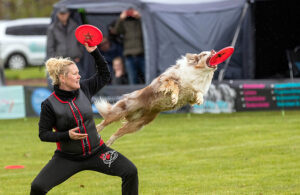
Teams of dogs and handlers compete in disc-throwing events such as freestyle routines and distance/accuracy catching. “Disc” is frequently used because “Frisbee” is a trademarked brand name for a flying disk.
The handler must be able to throw a disc correctly, controlling both direction and distance, in order for the team to succeed. After that, the dog can be trained to pursue and capture the disk. Excellent disc dogs are high-energy canines like as Australian Shepherds, Border Collies, and Presa Canarios.
The field is divided into zones based on yards during distance competitions. The zone in which the disc is captured determines the score. A preset point system is used to score and assess freestyle competitions. Each disc dog club, association, or group has its own set of rules and scoring.
Dock Jumping
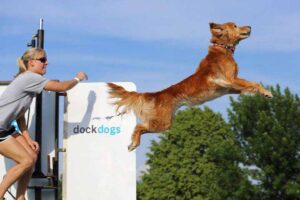
Dock jumping, sometimes known as dock diving, is a sport in which dogs attempt to leap a considerable distance or height from a dock into a body of water. Similar to the human long or high leap, dock jumping is done in water. High-energy, water-loving dogs, such as Labrador Retrievers, are ideal for this activity.
The goal of distance jumping, sometimes known as “Ultimate Air,” is to persuade the dog to leap as far away as possible by having the handler toss a toy off the dock. The point where the tail base hits the water is when distance is measured. For precision, jumps are often captured digitally.
High jumping is what the more recent “Ultimate Vertical” is. A bumper is positioned at a specific height. The bumper is raised when the competing dogs get there, and the height is noted. The only dog to reach the bumper at its highest point is the winner.
Flyball
The sport of flyball is a type of relay race that involves teams of four dogs. One dog from each team runs down a course, jumping hurdles, towards the “flyball box.” The dog steps on a panel and triggers the flyball box to release a tennis ball. The dog then brings the ball back over the hurdles to its handler. Once a dog has completed the course, the next dog is released from the starting line. The first team to have all four dogs complete the course wins. The game is played in several heats.
Flyball is a great way for your dog to enjoy time with other dogs, plus a nice way for you to meet other dog owners. Virtually any healthy dog that loves balls can play this game.
You may definitely get in touch with local herding clubs to discuss training and competition if you believe your dog might love herding.
Herding Trials
For dogs in the herding group, herding comes naturally to them; it’s in their DNA. An inclination for herding can occasionally be seen in even non-herding dog breeds or combinations. The chance for herding is not available since a large number of dogs reside in urban or suburban settings rather than on farms. Now for the herding contest.
The majority of dogs with the herding instinct adore it. They can have a terrific time acting out their instincts through training and testing. The dog, handlers, judges, and a group of animals—typically sheep—are all involved in the trials. Dogs like the Black Mouth Cur perform their magic as their handlers give them orders.
You may definitely get in touch with local herding clubs to discuss training and competition if you believe your dog might love herding.
Lure Coursing
As an alternative to hare coursing, lure coursing is a fast-paced pursuit sport. Dogs compete for the best time by pursuing an artificial bait across a field instead of a real animal. Occasionally, the race involves obstacles.
Historically restricted to sighthounds like Rhodesian ridgebacks, Greyhounds, and Whippets, all-breed lure coursing clubs are increasingly popular. The perfect pastime to let your dog indulge his pursuing urge in a safe and compassionate manner is lure coursing.
In Rally Obedience, dog/handler teams must complete a course made up of signs describing specific obedience exercises to perform. Judges design the course and observe as the teams swiftly navigate the course.
Rally Obedience rules tend to be less strict than traditional obedience competitions. Typically, Rally competition is open to all breeds. Trials usually have several levels, and teams compete for titles and championships.
It’s likely that you have observed that your dog’s most prominent sense is his nose. The majority of dogs prefer to follow their noses. Why not make a fun and difficult activity out of this talent?
In a tracking trial, the dog must follow a scent trail as part of the test. These exercises evaluate the dog’s innate capacity and desire to follow a track left by human footsteps by simulating search and rescue operations. Success can lead to opportunities to pursue real-life search and rescue activities, and dogs and their handlers frequently love this job.

